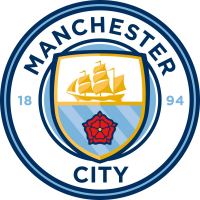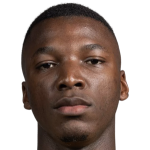Radoslaw Bella is a Uefa A Licence coach.
When Marcelo Bielsa was at Marseille in 2014-15 Bella followed the man whose tactical influence stretches wider than most others in the modern game, with Pep Guardiola considering him his mentor.
Bella produced a comprehensive analysis of just how he wants his teams to perform both with and without the ball and if you want to understand just how the modern game came to be, it's an essential read.
There's too much packed into his ebook - each of the 38 Ligue 1 matches from that season is given its own chapter and comprehension - to do it justice, but in this extract we look at the five offensive movements that Bielsa teams must learn in order to be effective in possession. Take it away, Radoslaw.
MOVEMENT ONE
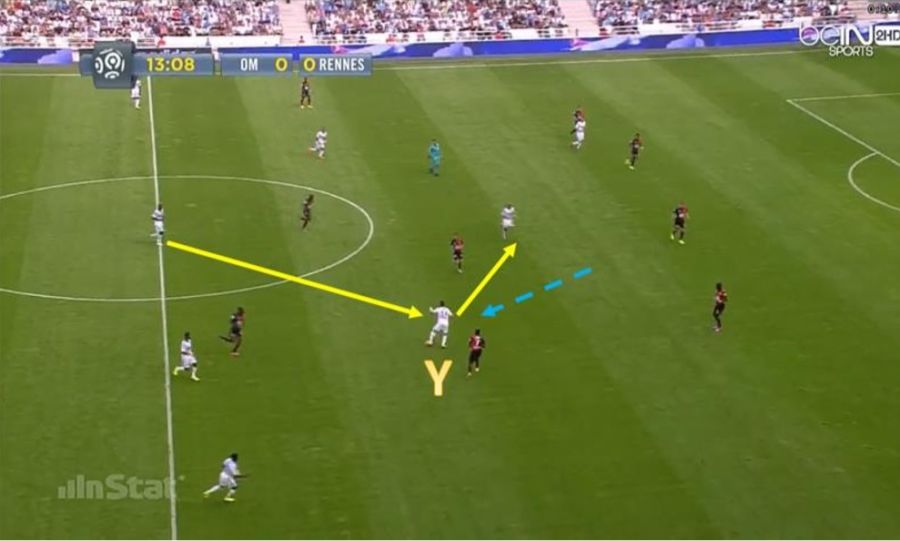
The embryonic move is for player Y to move towards the ball carrier and receive the pass on the turn, side on to goal and be ready to attempt to pass the ball forward.
At this point there should be frequent movement made by wingers and other players positioned between the lines. When player Y receives the ball, they very often attempt to move the ball forward to as close to the box as possible (vertical pass).
MOVEMENT TWO
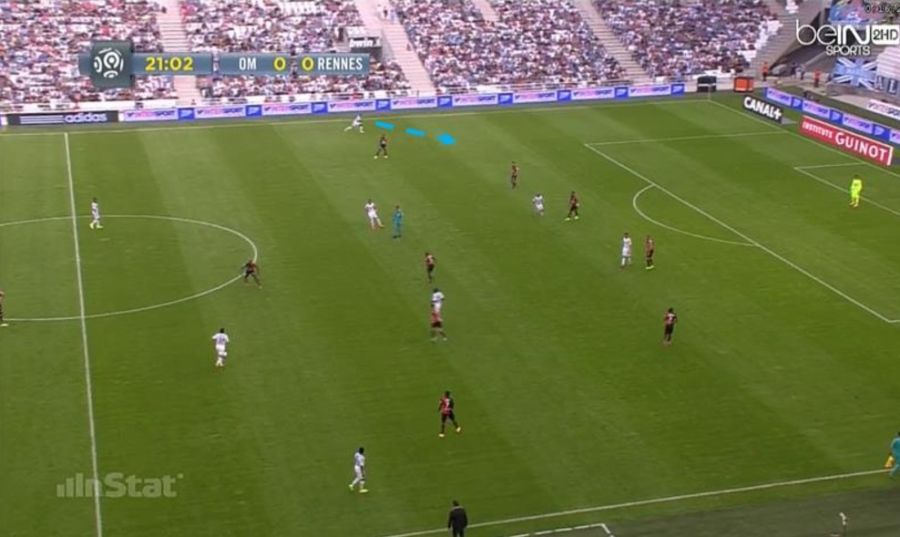
Movement behind the back of the defenders on the full-back side. Very often, Bielsa emphasises that this move is intended to break the defender's position and change the shape of the whole defensive line.
This movement is made very often during the final stage of an attack and this generates a positional advantage because the winger, thanks to his position (facing the goal), he has a clear advantage over the defender, who has his back to the goal.
MOVEMENT THREE
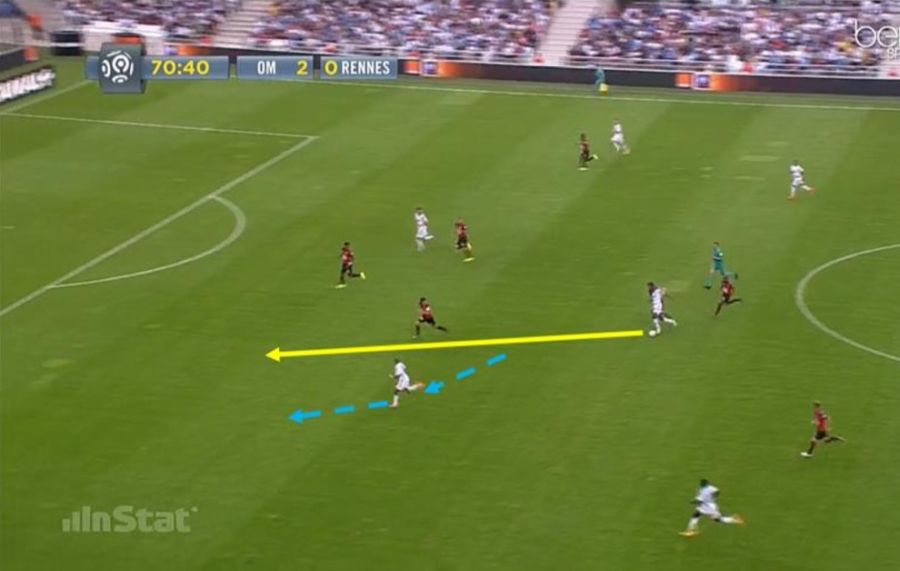
Movement three is utilised mainly during counter-attack situations. The player with the ball dribbles straight ahead and so the opponent narrows. The goal of the counter-attacking player, the one who is without the ball, is to move away from the defensive line, creating a pass opportunity.
This move makes a passing option possible when at first it was not possible, and if the opposing full-back runs after the moving player, he opens the space between them so the player can perform movement two and get the full-back backpedalling towards their own goal.
MOVEMENT FOUR
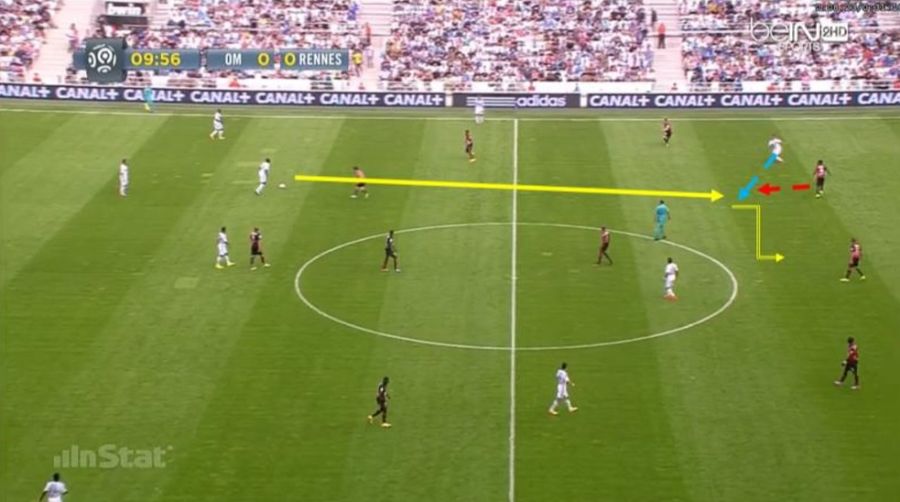
This is a move that aims to allow a winger to pass their opponent. When receiving the ball, the player needs to have a good first touch into the space they have created, then approach into the free zone behind the midfield and in front of the defence, avoiding the pressure of the covering opponent.
MOVEMENT FIVE
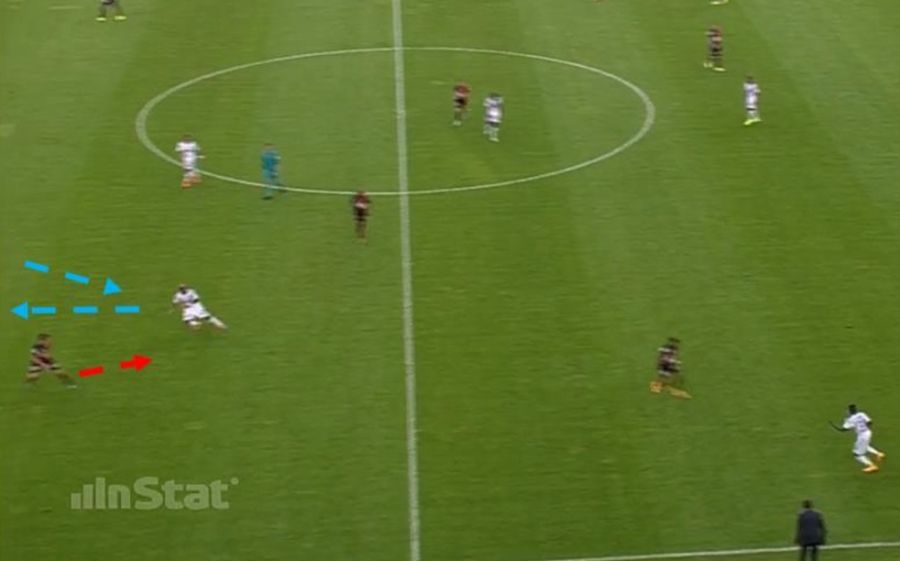
Movement five is to pull the opponent out of his position and run behind him into free space made by this movement.
The attacking player drops deep, as if they are looking to receive the ball into feet, with the full-back coming in to track the move. The attacking player then quickly turns and sprints beyond the full-back into the space behind him, giving the player in possession a passing option.
Thanks to mastering these moves, Marseille players easily moved into different places on the pitch.
REFERENCE POINTS
The players are also required to predict where his opponent will be. With this knowledge, your position and movement cause big problems for your marker.
The three reference points are:
1. The ball - When the defender is focused on the ball, the striker must be able to use that misdirection to know where they will go.
2. Position, relative to the marker - the place where you start your move will affect the defender's behaviour.
3. Anticipation - where the opponent is currently looking and where your team mate is looking.
After each Marseille match you could derive that it is not the set-up or positions in formation that matter the most. In fact, the real formation and set up was the movement of players without the ball. It wasn't the game system that forced players to move but, in fact, the movements without the ball that formed the team's position.

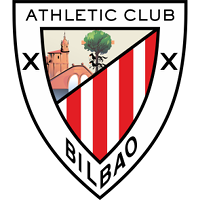 Athletic
Athletic 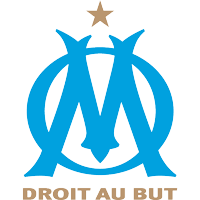 Marseille
Marseille 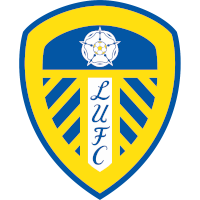 Leeds Utd
Leeds Utd  Liverpool
Liverpool 








